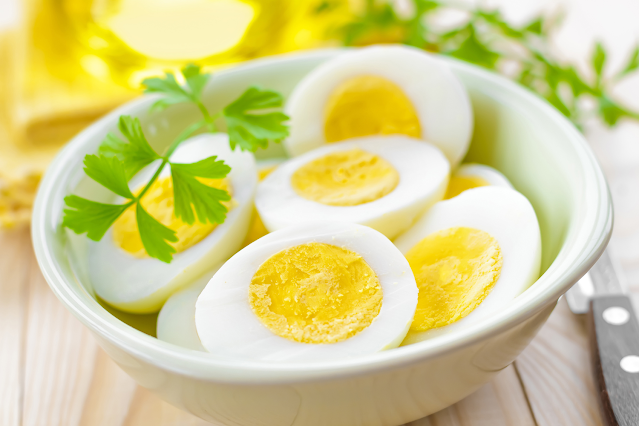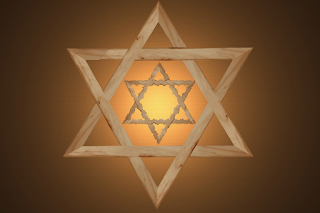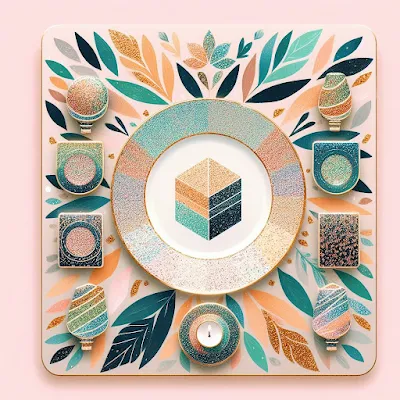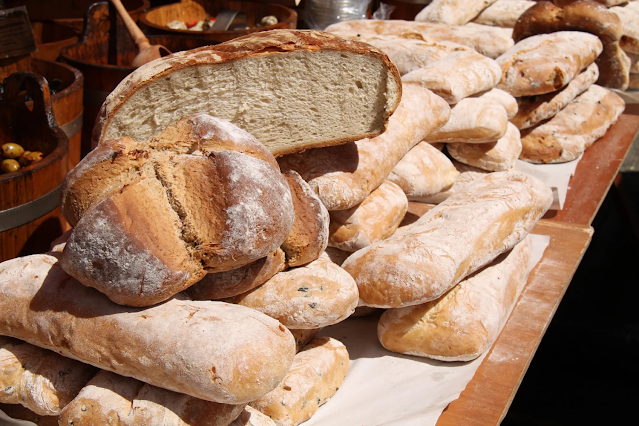What Does Pesach Mean

Introduction:
Unveiling the Meaning of Pesach: A Journey through Passover Traditions and Significance
As the sun sets and the glow of candles flickers, Jewish households around the world prepare to embark on a time-honored journey—one that holds deep cultural significance and spiritual reflection. This journey is Pesach, commonly known as Passover, a festival that weaves together traditions, rituals, and a profound narrative that has been celebrated for millennia. Today, let us delve into the meaning of Pesach, uncovering the layers of history, symbolism, and spiritual reflection that make this festival a cornerstone in Jewish culture.
Spread joy this Passover with our beautifully designed Passover greeting card printable PDF, perfect for sending warm wishes to your loved ones effortlessly and instantly!
Pesach is a Hebrew word that means "pass over" or "skip over". The name comes from the biblical story of the Exodus, in which God passed over the homes of the Israelites during the tenth plague in Egypt, while the firstborn sons of the Egyptians were killed.
The Israelites were instructed to mark their doorposts with the blood of a lamb, so that God would know to pass over their homes. This event is commemorated during the Pesach holiday, which celebrates the Israelites' liberation from slavery in Egypt and their journey to freedom.
Understanding the Origins:
At the core of Pesach lies a narrative of liberation, a story that echoes through the ages. Pesach commemorates the Israelites' exodus from slavery in Egypt, a journey guided by divine intervention and marked by the iconic moment when the Angel of Death passed over the homes of the Hebrews, sparing their firstborns. This historical event, as recounted in the Book of Exodus, forms the foundation of Pesach and serves as a reminder of the triumph of freedom over oppression.
The Symbolism of Matzah:
Central to the Pesach observance is the unleavened bread known as matzah. This simple, flatbread holds symbolic significance, representing the haste with which the Israelites fled Egypt, leaving no time for their bread to rise. Matzah becomes a tangible reminder of humility, the hurried departure, and the reliance on faith during times of transition.
The Seder Ritual:
The Pesach Seder, a ceremonial meal held on the first two nights of the festival, is a pivotal element in understanding the meaning of Pesach. Through a series of symbolic foods, rituals, and readings from the Haggadah, participants recount the story of the Exodus, engaging in a collective act of remembrance that bridges generations. The Seder plate, with its components like the bitter herbs, charoset, and the shank bone, becomes a tableau of symbolism, evoking the bitterness of slavery, the mortar used in construction, and the sacrificial lamb.
Reflection and Renewal:
Pesach extends beyond historical commemoration; it is a time of spiritual reflection, renewal, and celebration of freedom in its various forms. It invites participants to contemplate personal and collective journeys toward liberation, drawing parallels between the ancient narrative and contemporary struggles for justice and equality.
Conclusion:
In conclusion, Pesach is more than a historical observance; it is a living tradition that bridges the past with the present, offering a tapestry of meaning woven from the threads of liberation, faith, and communal remembrance. As Jewish households gather around the Seder table, the story of Pesach unfolds, inviting participants to connect with their heritage, reflect on the universal quest for freedom, and embrace the enduring spirit of resilience and hope. In every bite of matzah, in every reading of the Haggadah, the meaning of Pesach resounds—an eternal echo of liberation, faith, and the triumph of the human spirit.
















.jpg)


